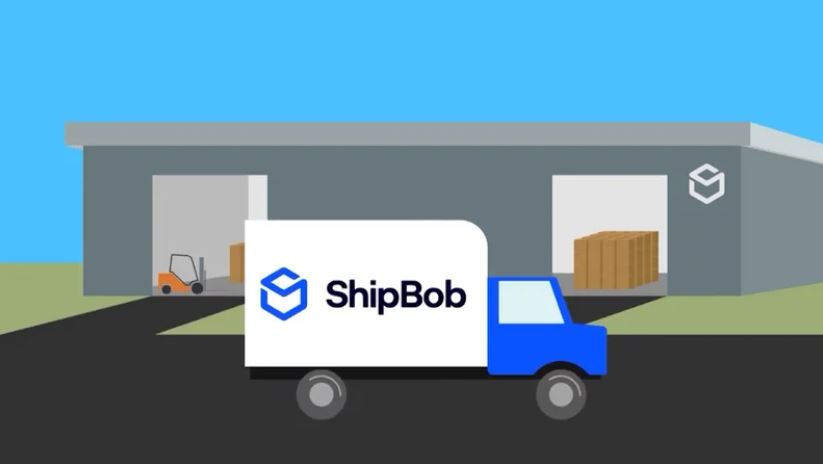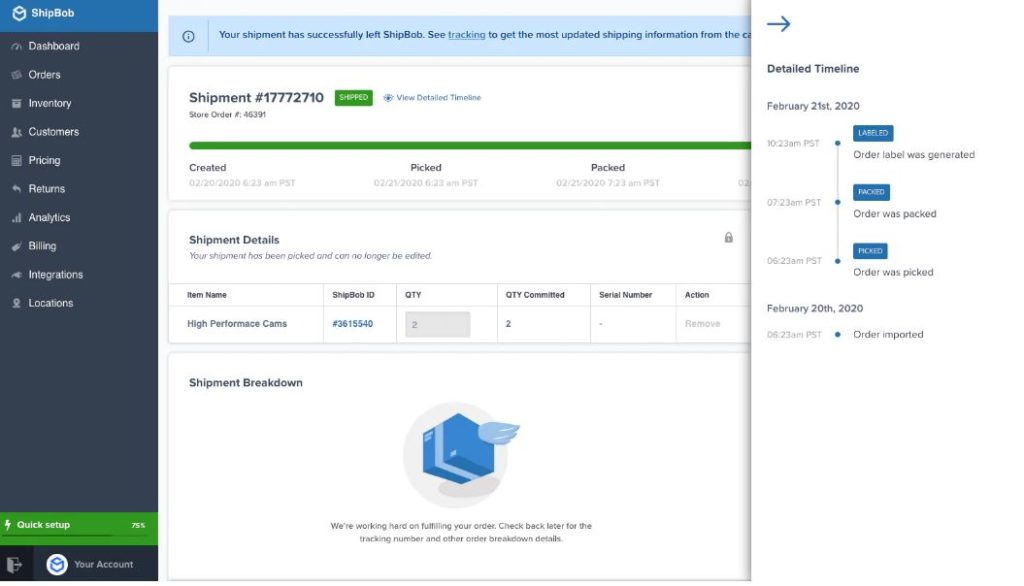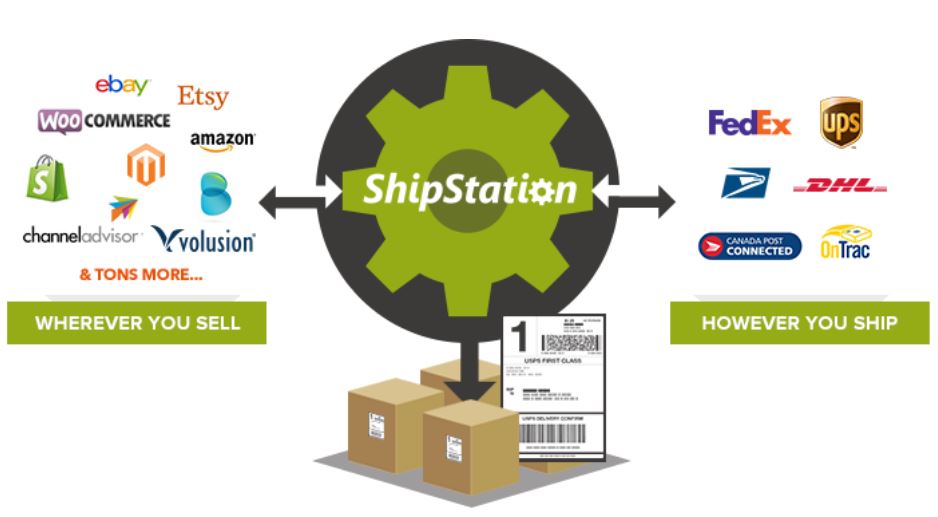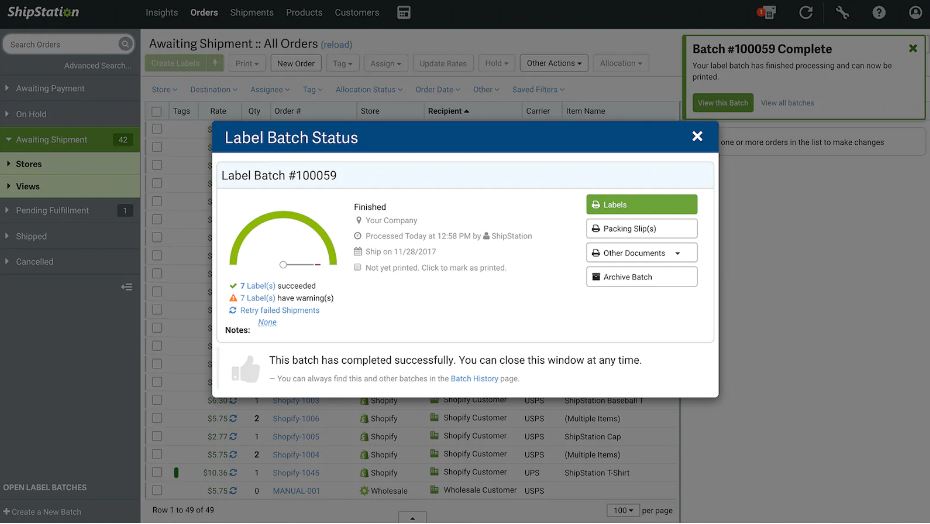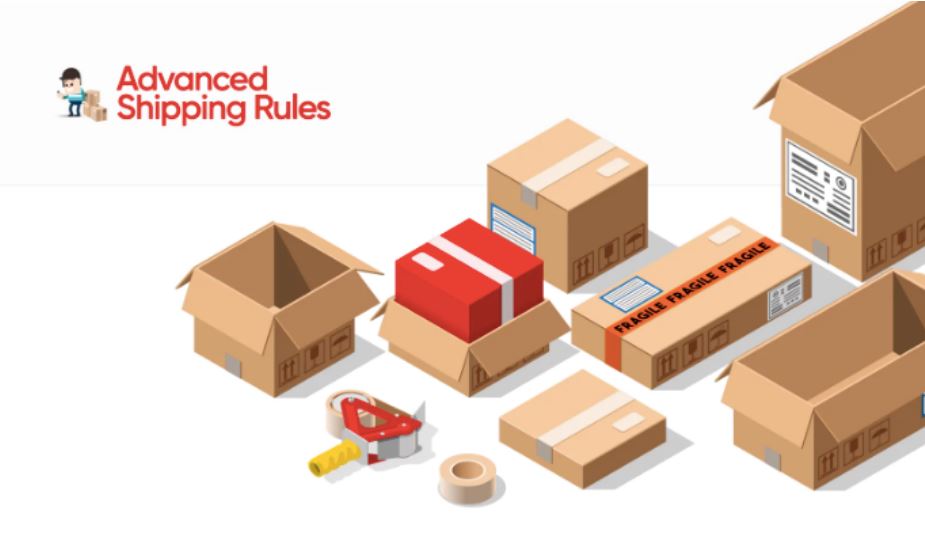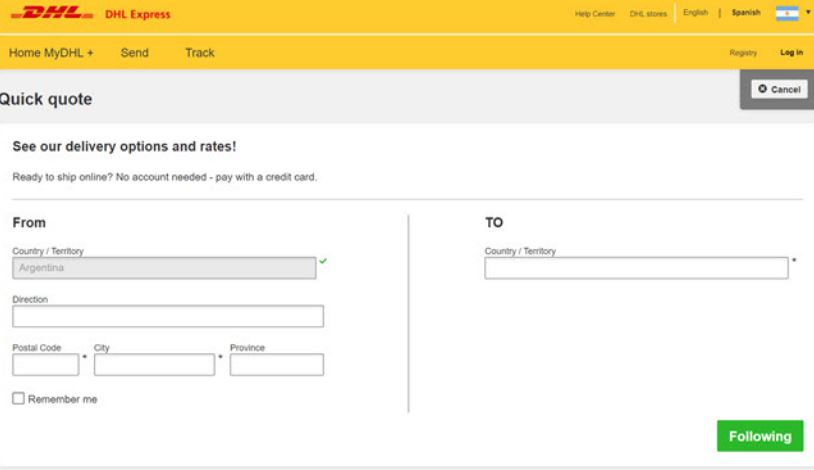As a Shopify B2B merchant, your shipping experience can (and should) be as seamless as your B2C counterparts. That means you'll likely face rules and requirements when it comes to delivering your products to your customer.
In this article, we'll explain why it's so important to take control of your shipping rules and how you can customize the experience to streamline your business' shipping processes for a frictionless shopping experience while solving cart abandonment issues BEFORE checkout.
The reality is this: the more steps a potential buyer has to take to receive your item, the more likely they are to abandon their purchase and look elsewhere.
The easiest way to do this is to set up shipping rules or limitations for specific customers. Customers want to know how much they will spend when they add an item to their cart. No one wants surprises at the checkout.
Because every online shopping scenario is different, savvy retailers know the value of offering dynamic shipping rates and methods for each individual order. Specifically, rates and methods based on the contents of a customer's cart, the buyer's location, production times, carrier schedules and other factors.
Think about all the elements of your shipping process that you do manually. Does your staff request various freight quotes from different vendors? When an order comes in, do they simply choose any shipping company? How do they decide which warehouse is the most cost-effective to ship to?
All the time it takes to do these things by hand adds up.
While every B2B retailer is different, these are some of the factors that make merchants reluctant to go online. These considerations are essential to developing an effective shipping strategy in the e-commerce space for B2B retail.
Without a deep understanding of logistics, building a Shopify shipping strategy from scratch can be intimidating for many first-time sellers. Let's simplify things by identifying two basic types of shipping integrations with Shopify.
Bulky items
While large items can be difficult to value, they can be valued in real time as long as they fit on a pallet. Even beyond palletized freight, there are options for live valuation of a number of commodities. And yes, that includes shipping liquids, perishables or hazardous items.
Small shipments
Many B2B orders are considered "small freight," meaning they will end up being less than a full truckload (FTL) and will be combined with other local shipments.
For this reason, partnering with athird-party 3PLor LTL provider that specializes in these types of orders is a good idea. Not only do they have competitive rates with a variety of carriers, but they can help you negotiate rates.
Customers expect a fast and convenient end-to-end shipping experience, including real-time estimation that takes into account geographic location, product weight, product quantity and more.
Here are some applications to consider when developing your shipping strategy for your Shopify online store:
ShipStation-Available for multiple e-commerce platforms, this application allows you to get deeply discounted rates from major carriers. You can also integrate it with your website and offer real-time shipping rates and times.
Freight Club allows you to book and rate shipments at extremely competitive rates, track shipments, generate labels, manage claims and everything else on one free platform.
You can view your negotiated TForce/UPS LT L shipping rates in the Shopify checkout process so that you can collect your shipping charges on each order. You have the option to include handling charges in the rate so you can recover the cost of packaging materials or other expenses associated with your shipping operation.
You can integrate FedEx Freight shipping services with your Shopify store using Shopify Ship, Rate and Track for FedEx.
ShipBob-This is a great solution to streamline your order fulfillment with same day delivery for select cities and two day shipping anywhere in the US. ShipBob is an official Shopify partner, with free software and integrations to manage your orders and track inventory.
ShipStation-Available for multiple e-commerce platforms, this application allows you to get deeply discounted rates from major carriers. You can also integrate it with your website and offer real-time shipping rates and times.
Advanced Shipping Rules-An application that displays shipping rates for different products. This is a great solution if you need advanced rate types and want direct links to UPS, FedEx, etc.
What are the shipping rules?
The shipping rules option allows merchants to create surcharges, discounts, campaigns and carrier delivery options. This feature gives retailers extensive control over the shipping prices and alternatives displayed in their shopping cart.
How do the shipping rules work?
Shipping rules are based on conditional statements. A conditional statement is sometimes called an "if/then" statement - think "IF an order is over $100, THEN free shipping is offered". Typically, the "if" focuses on a specific order detail, and the "then" focuses on the shipping method and rate specified.
What conditions can be used in the rules?
There are an infinite number of ways to take advantage of shipping rules. However, here are the main filters from which you can typically create rules:
- Geographic Zones - These can apply to the origin, destination or both. Zones can be as wide as countries and as narrow as zip codes. Sample rule: Add a $20 surcharge on U.S. orders delivered to Texas.
- Shipping Groups - These are essentially groups of products that must all follow the same shipping rules. Example rule: Offer free shipping on orders that include a t-shirt. Easy to integrate into your campaigns.
- Filters-To further customize options, retailers can apply filters to their conditions.
- Price -Create rules based on the subtotal of the cart.
- Weight -Create a rule based on the volumetric weight of a product or basket.
- Quantity-Create a rule based on the number of items they purchase.
Advanced conditions
To be even more precise with your shipping rules, you can define rules against advanced conditions, including: origin, boxes, delivery days, address type, added costs per quantity or start and end dates.
- Delivery Day Rules -These rules are commonly used by merchants to allow surcharges on weekend deliveries.
- Address Type-These rules are useful for charging the correct fee on a delivery. For example, you may choose to apply a surcharge for residential delivery or automatically charge a tailgate fee for a residential LTL delivery.
- Origins-Origin-based terms are frequently used by companies to influence prices for outbound shipments from third-party warehouses, such as direct shippers. They can also establish rules that restrict shipments to these areas only in specific quantities, such as "only ship from warehouse A if quantities are greater than 20."
- Box-based rules-These rules allow retailers to mark up or down orders shipped in a specific box. One way to use these rules is to hide specific shipping options when a certain box is selected. For example, if a perishable box is required for the order, the box-based rule will only display the overnight and two-day shipping methods.
If you don't want to use a third-party LTL provider, there are several tools available to help you determine your shipping cost options:
UPS Shipping Calculator
Click here to learn how to calculate shipping costs with UPS.
This page allows you to enter package and freight shipping information. It provides results for a multitude of services such as Next Day Air and UPS Ground.
Discounted shipping rates are included if you apply for the UPS Small Business program. It's also common to find shipping discounts with Shopify apps and other e-commerce platforms.
FedEx Shipping Calculator
Click here to view the FedEx shipping rate calculator.
Several calculators are actually provided on this page, including options for packages and cargo, as well as pricing tools, package weight calculations and ground service maps.
We encourage you to visit the FedEx E-Commerce Center. It is designed to integrate with your online store and process orders with full automation. Packing and pickup assistance is provided, and you receive rates and delivery times to send to your customers.
DHL Shipping Calculator
Click here to view the DHL shipping calculator.
This is a quick quote tool to estimate the cost of DHL for your future shipments. DHL has a reputation for handling international shipments at reasonable postage rates. That doesn't make them cheap, but they get the job done. However, DHL is often the most expensive and least convenient for local shipments.
We suggest you go to DHL E-Commerce Logistics to get a quote for your entire operation and to understand how the integrations work with your online store.
At the end of the day, a big part of B2B selling is offering options.
No two businesses are alike, and they all have different budgets, needs, schedules, etc. A jewelry wholesaler will not have the same business requirements as a farm equipment company.
Just like your B2C customers, B2B customers just want to know that they are getting the best deal possible. They also want to know that they can get the item when they want it, on their schedule, with as few obstacles as possible.


